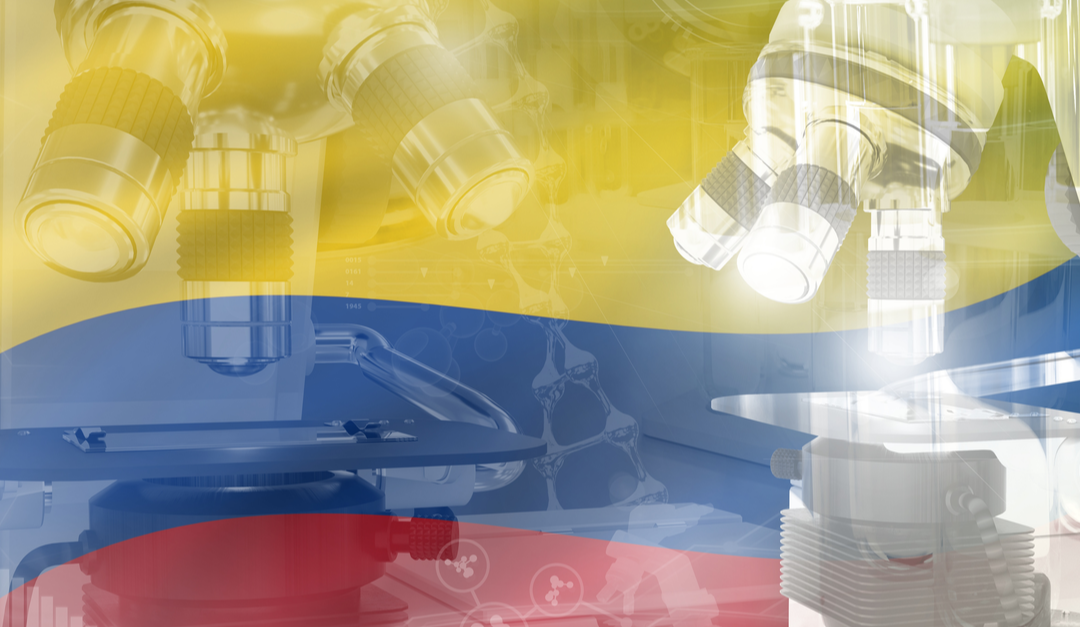Following our last LATAM series blog post which focused on Venezuela, this week we are focusing on Colombia’s medical device regulatory pathway. In 2018, over 80% of Colombia’s medical device market relied on imported devices; from a monetary perspective, this equals approximately $1.145 billion USD. With trends expecting to remain strong, particularly for US-based MedTech companies, it’s important for foreign medical device manufacturers to understand its regulatory pathway.
What is the regulatory body in Colombia?
The regulatory body that oversees medical devices in Colombia is called the Instituto Nacional de Vigilancia de Medicamentos y Alimentos (INVIMA). Established by Colombia’s Ministry of Health (MoH), and oversees not only medical devices, but also food, medicines, and any other products that are subject to health surveillance.
What to Know About Colombia’s Medical Device Regulatory Pathway
INVIMA defines medical devices as, “any instrument, apparatus, machine, software, or other biomedical equipment similar or related article whether used alone or in combination, including their components, parts, accessories and software necessary for its proper application intended by the manufacturer for use in diagnosing, preventing, monitoring, treating, or alleviating disease or injury.” The definition further covers any device that aids in the diagnosis or care of pregnancy, as well as post pregnancy support. In addition, the investigation, modification, support, or replacement of a body function as well as any products intended for sanitization or sterilization of devices.
The classification of medical devices is outlined below:
|
Classification |
Risk Level |
Examples |
Timeline |
|
Class I |
Low |
Bandages, stethoscopes |
Less than 1 month* |
|
Class IIa |
Moderately Low |
Some pregnancy tests, hearing aids |
Less than 1 month* |
|
Class IIb |
Moderately High |
Syringe, contact lens |
Up to 6 months |
|
Class III |
High |
Pacemakers, ventilators |
Up to 6 months |
*For Class I and Class IIa devices, INVIMA automatically approves all applications. However, INVIMA may request additional documentation which must be submitted within 30 days or there is risk for the approval being revoked.
- Authorized Representative (AR): Same as the other LATAM countries we’ve covered previously, Colombia requires a local AR to submit the application to INVIMA.
- Spanish Translation: All documents submitted to INVIMA must be accurately translated into the Colombian Spanish dialect.
- Certificate of Free Sale (CFS)/Certificate to Foreign Government (CFG): A CFS or CFG must be supplied by a recognized authority from a country with agreements with INVIMA (i.e. the United States, the European Union, Japan, Australia, Canada) that holds information on the medical device and its applicable accessories as well as the name of the manufacturer.
- Clinical Trial Data: For Class IIb and Class III devices, clinical trial data must be submitted to INVIMA as well as test reports; for Class I and Class IIa, clinical trial data and test reports need not be submitted.
Important Considerations for MedTech Companies
For any MedTech company seeking market access in Colombia for their product, there are some important considerations to take into account when submitting to INVIMA for regulatory approval:
- Quality Assurance: Proof of a quality system is necessary to gain market access in Colombia, like ISO 13485.
- Validity: All devices are valid on market for 10 years. Renewing medical device applications with INVIMA are due 3 months before the expiration of the previous certificate.
- Fees: Submission fees to INVIMA depend on device classification, however, typically range between $850 – $1,000 USD.
- In-Vitro Diagnostic Devices (IVDs): IVDs in Colombia are broken into three different classifications dependent on risk (Class I – low risk; Class II – moderate risk; Class III – high risk). Each class has different specifications outlined by INVIMA to gain market access in Colombia. The regulatory approval process for IVDs in Colombia has some distinct differences when compared to the medical device regulatory pathway, including reference country approval, increased importer and distributor regulations, as well as approval timelines.
For medical device companies expanding into LATAM, Colombia’s market, when its regulatory pathway is understood, can pose advantageous opportunities. For foreign MedTech companies unsure where to start, partnering with a language service provider (LSP) that is knowledgeable of Colombia’s medical device regulatory pathway can help save money as well as improve the product-to-market timeline.
